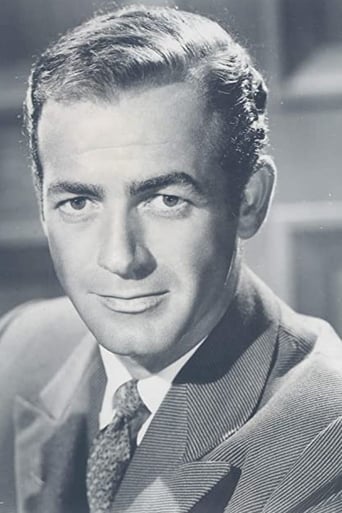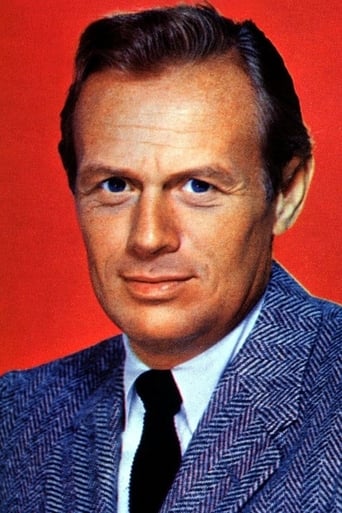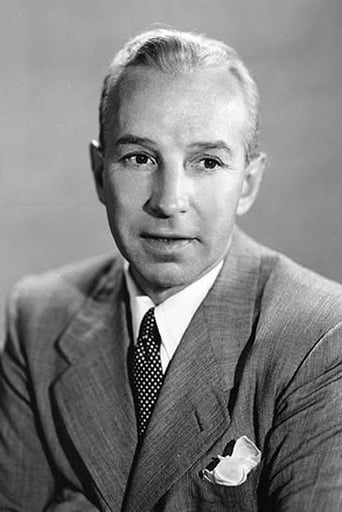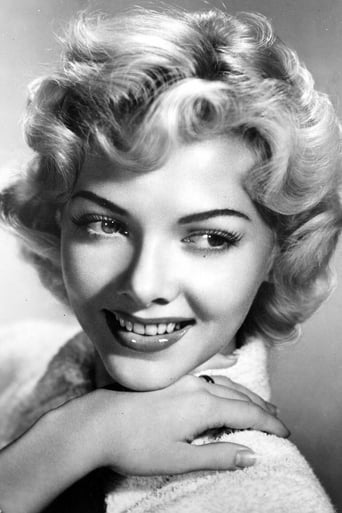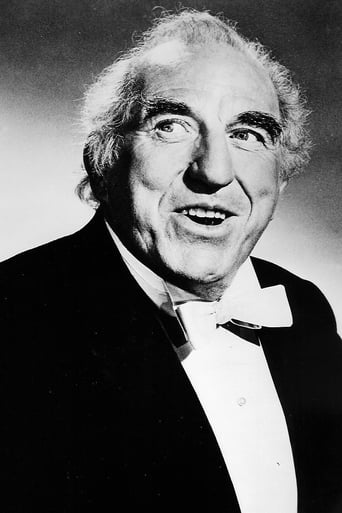Alicia
I love this movie so much
Comwayon
A Disappointing Continuation
CrawlerChunky
In truth, there is barely enough story here to make a film.
InformationRap
This is one of the few movies I've ever seen where the whole audience broke into spontaneous, loud applause a third of the way in.
JohnHowardReid
NOTES: William Keighley, Best Director of 1948, for The Street With No Name. - Photoplay Magazine Gold Medal Ward.
Locations: Los Angeles, California; Washington, D.C.
Filming completed: 7 March 1948.
Re-made in 1955 as House of Bamboo.COMMENT: Semi-documentary adapted from actual FBI files, shot, wherever possible, in the actual locations and using as many as possible of the actual FBI personnel - so says the Foreword. Of course, when it is boiled down, very few members of the FBI are actually employed in the film, except in newsreel-like shots of the laboratory and fingerprint filing department. Louis DeRochemont didn't produce this one, so it seems likely that a great many of the dialogue scenes were lensed in the studio. One tell-tale evidence of this is the quality of the photography - immaculately smooth and polished with attractively glossy blacks and deep contrasts in what seem to be the studio scenes, whereas the photography is much more rough and ready in what are obviously actual location exteriors (the Center City streets, the ferry terminal). One exception is the climax in the factory (it certainly looks like an actual factory), which is beautifully photographed with noirish, deep-etched, atmospheric lighting. Another clue is that Keighley's direction tends to be more meticulous, more stylish and more polished than other Fox semi-documentary productions like Boomerang and House on 92nd Street.Yet another clue is that the script is more obviously an entertainment subject than a straight documentary recreation of actual events. Take the business of disguising the police informant for instance and then pointing a blatantly obvious finger at the police chief, glasses glinting evilly and face twitching with exaggerated nervousness, as he races off to make telephone calls at important points in the plot. What a cop-out when it is revealed he is not the person responsible and no attempt whatever is made to explain his previous odd behavior and irrational mannerisms!While Reed Hadley still handles the narration, the film is only a semi-documentary on the surface. But who cares? Two thrilling action scenes will thrill the fans, and Widmark's followers will not be disappointed.
treywillwest
Film Noir, which has become an almost religious term, allegorically harbored fearful and reactionary attitudes towards women's liberation, radical politics, and the public sphere in general. It implied that post- war American society was morally bankrupt and that the subjects of such a society were doomed to a collective punishment for their lawlessness, for being "led astray" from the traditional "morality" of the patriarchal order. It is thus a fatalistic and thus metaphysical world view. The crime film genre, of which this film is a fine example, those films dealing with the process of the pursuit and capture of criminals by law enforcement, was ironically more progressive and materialistic. Crime was not so much demonized as presented as a byproduct of capitalism, one that law enforcement had to contain. The process of such containment is not romanticized- it is grimy and often boring. But the system works well enough to reproduce itself. "
AaronCapenBanner
Semi-sequel to "The House On 92nd. Street" stars Lloyd Nolan, reprising his role of FBI Inspector George Briggs. With WWII now over, he has turned his attentions to organized crime, which has seen an unfortunate resurgence. He recruits FBI agent Gene Cordell to infiltrate the gang of Alec Stiles(played by Richard Widmark) which is suspected in a number of robberies and murders. Gene gathers information on forthcoming robberies, but it turns out the department has a mole, since Stiles was warned off a heist, putting Gene's life in danger, and jeopardizing the whole operation. Effective film with Widmark and Nolan the standouts, even if Nolan isn't used as much as before, and as it turned out, didn't receive a third film. A shame.
RanchoTuVu
Organized crime has spread into America's small to mid-sized communities. Not only is it spreading, leader of the Center City crime ring (Richard Widmark), would like to build his organization along "scientific lines", in order to get the most out of crime. This doesn't preclude robbing a bank and then killing the guard, which automatically involves the super-scientific FBI, who eventually plants agent (Mark Stevens) in Widmark's organization. Whose grasp of scientific lines is better? Widmark does OK until the end, and his gang includes B filmmaker and sometime actor Joseph Pevney. The film is actually good enough to overcome its focus on trying to make a hero out of Stevens. The use of voice-over doesn't detract from very fine elements in the film, Widmark being at his best, and cinematographer Joe MacDonald capturing the essence of Center City's mean and damp streets in unsurpassed B&W.

